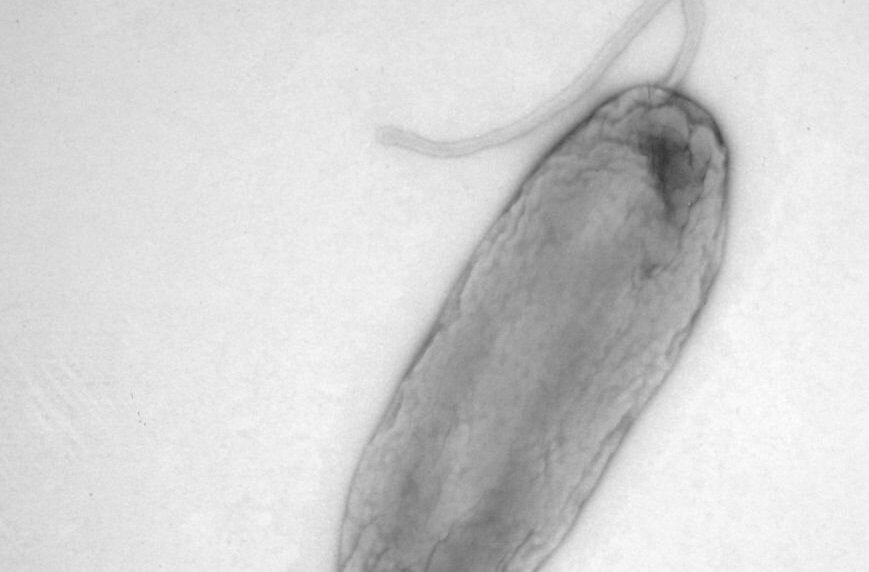Legionella bononiensis
Posted on 26th January 2023
They call it Legionella bononiensis: it is the 64th species of Legionella identified worldwide, the second to be isolated in Italy since the discovery of the pathogen. It was discovered in 2019 in a hotel facility by researchers from the Laboratory of Environmental Microbiology and Molecular Biology (MAb) at the University of Bologna.
The MAb Laboratory, based at the Department of Biological, Geological, and Environmental Sciences of the University of Bologna, is involved in the environmental surveillance of Legionella bacteria, the bacterial species that causes legionellosis, a disease that mainly affects the respiratory tract. Surveillance is carried out by combining traditional techniques and state-of-the-art molecular methods, such as mass spectroscopy, gene sequencing and the latest Next Generation Sequencing (NGS) techniques.
“During planned surveillance activities in a hotel facility, the laboratory staff isolated atypical colonies, which had peculiar morphological and phenotypical characteristics,” explains Sandra Cristino, researcher at the University of Bologna and head of the MAb Laboratory. “We analysed the collected samples using all the standardised methods suggested by reference standards, as well as the scientific literature. However, the results obtained were discordant and did not allow the identification of bacteria at a species level.”
To obtain more precise answers, the researchers then turned to genetic sequencing, the reference test for identifying microorganisms isolated environmentally or clinically. The results linked the discovered bacteria to a reference strain of the Legionella quateirensis species.
Yet, it was not a definitive answer: further investigation was needed. The scholars then further delved into the sequencing activity by analysing other Legionella-specific genes. In addition to these studies, scholars conducted phenotyping (i.e., analysis of the characteristics of the microorganism), Whole Genome Sequencing (a technology that allows the sequencing of the entire genome) and mass spectroscopy with MALDI-TOF technology (which allows the identification of pathogenic microorganisms with great accuracy) studies.
You can read the full article here
Tagged as: Aylesbury, buckinghamshire, Bucks, education, GESWater, Legionella, Legionella bononiensis, waterhygiene
Share this post:


